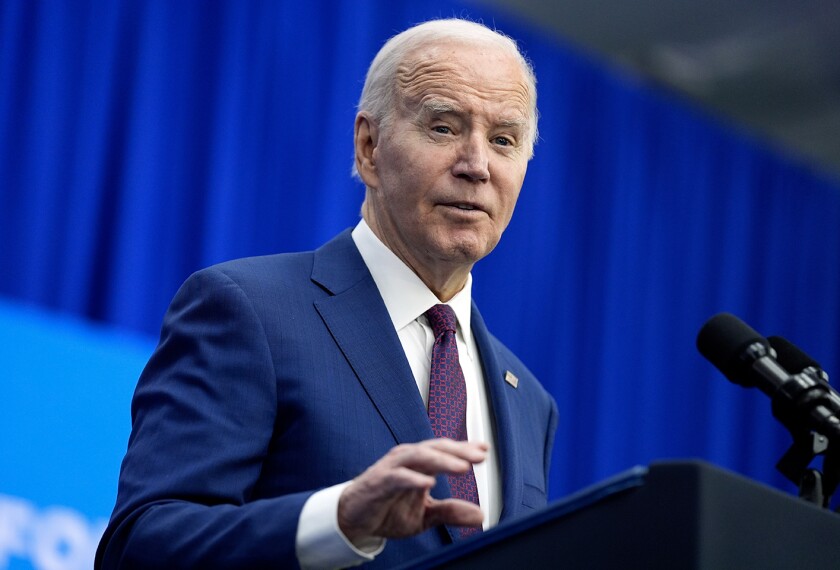The following offers highlights of the recent legislative sessions. Precollegiate enrollment figures are based on fall 2010 data reported by state officials for public elementary and secondary schools. The figures for precollegiate education spending do not include federal flow-through funds, unless noted.
| NEW JERSEY | The Garden State’s Republican governor made education a headline-grabbing issue during his first year in office. The dominant issues were his bids to cut spending and to reform teacher pay and tenure.
Gov. Chris Christie’s attack on spending, fueled by an $11 billion budget shortfall for fiscal 2011, took shape in a 33-bill “toolkit” to rein in spending and control the rise in New Jersey’s property taxes, which are the highest in the nation.
| Senate: 23 Democrats 17 Republicans |
| House: 47 Democrats 33 Republicans |
| Enrollment: 1.4 million |
The centerpiece of his toolkit was a proposed constitutional amendment lowering the current 4 percent cap on city, school, and county property-tax levies to 2.5 percent. A summer compromise with state lawmakers took that cap to 2 percent, but through legislation instead of a constitutional amendment. The legislature also passed toolkit pieces that required all government workers, including school employees, to contribute at least 1.5 percent of their salaries to health-care costs; capped the amounts of unused vacation and sick time public employees can use; barred part-time employees from the pension system; and rolled back a 9 percent pension-benefits increase the legislature had passed a decade ago.
Through regulation, the governor capped the salaries of 360 school superintendents, a savings of $10 million.
The state’s $29.8 billion budget for fiscal 2011 was 8.8 percent smaller than the previous year’s plan. It suspended a popular property-tax-rebate program, skipped $3 billion in contributions to the state’s pension plan, and cut $819 million in state aid to K-12 education.
The precollegiate education part of the 2011 budget is $7.9 billion, an 11 percent drop from 2010, but only when $1 billion in federal stimulus money used in 2010 is counted.





